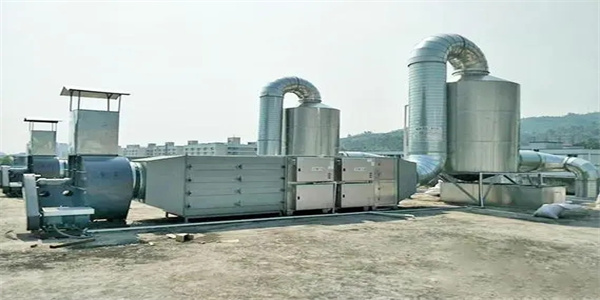In the field of chemical engineering, volatile organic compounds (VOCs) have emerged as a significant contributor to atmospheric pollution. These compounds, emitted primarily from industrial processes and various consumer products, not only pose a threat to human health but also contribute to global warming and climate change. In this context, the role of VOC catalyst manufacturers becomes crucial in the quest for effective pollution control strategies.
VOCs are carbon-based chemicals that easily evaporate into the air at room temperature. Their presence in the atmosphere can lead to the formation of harmful ground-level ozone and particulate matter, which in turn, can trigger respiratory issues, cardiovascular diseases, and even cancer. Therefore, the development of efficient catalysts for the abatement of VOCs has become a priority for both environmental and health reasons.
VOC catalyst manufacturers play a pivotal role in this endeavor. They specialize in the design, development, and production of catalysts that can effectively convert VOCs into harmless or less harmful compounds. The catalysts, typically composed of metals or metal oxides, work by facilitating the chemical reactions that convert VOCs into carbon dioxide and water vapor, or other benign byproducts.
The technology behind VOC catalysts has advanced significantly in recent years. Modern catalysts are designed with nano-scale precision, maximizing their surface area and reactivity. This, in turn, enhances their ability to convert VOCs at lower temperatures and with greater efficiency.
One of the key challenges in VOC abatement is the variety of VOCs emitted from different sources. Each VOC has its unique chemical properties, which require specific catalysts for effective conversion. VOC catalyst manufacturers must, therefore, maintain a high level of flexibility and innovation in their product development.
Case studies from various industries demonstrate the effectiveness of VOC catalysts in reducing VOC emissions. For instance, in the printing industry, the use of specific catalysts has led to significant reductions in VOC emissions from ink drying processes. Similarly, in the automotive sector, catalysts have been successfully used to treat exhaust gases containing VOCs.
However, the success of VOC catalysts is not limited to emissions reduction alone. Their widespread application also holds the potential to reduce energy consumption and operational costs in industries. By facilitating the conversion of VOCs at lower temperatures, these catalysts can help reduce the energy required for abatement processes.
Moreover, the integration of VOC catalysts into pollution control strategies can have a significant impact on air quality and public health. By reducing VOC emissions, we can mitigate the formation of harmful air pollutants and thereby contribute to cleaner, healthier environments.
In conclusion, VOC catalyst manufacturers play a crucial role in the fight against atmospheric pollution. Their innovative products and technologies are essential for the effective conversion of VOCs into harmless compounds, thereby mitigating their adverse effects on human health and the environment. As the global focus on sustainable development and environmental protection continues to grow, the importance of these manufacturers and their products will become increasingly apparent.

